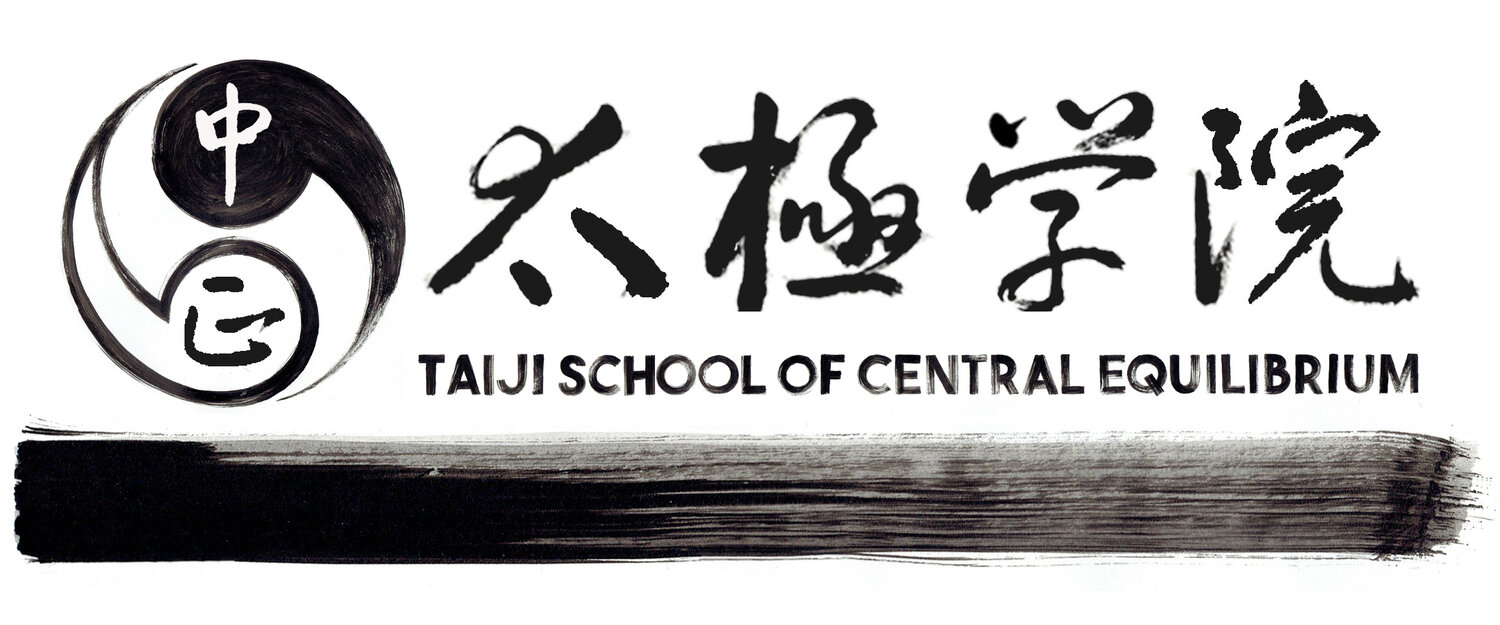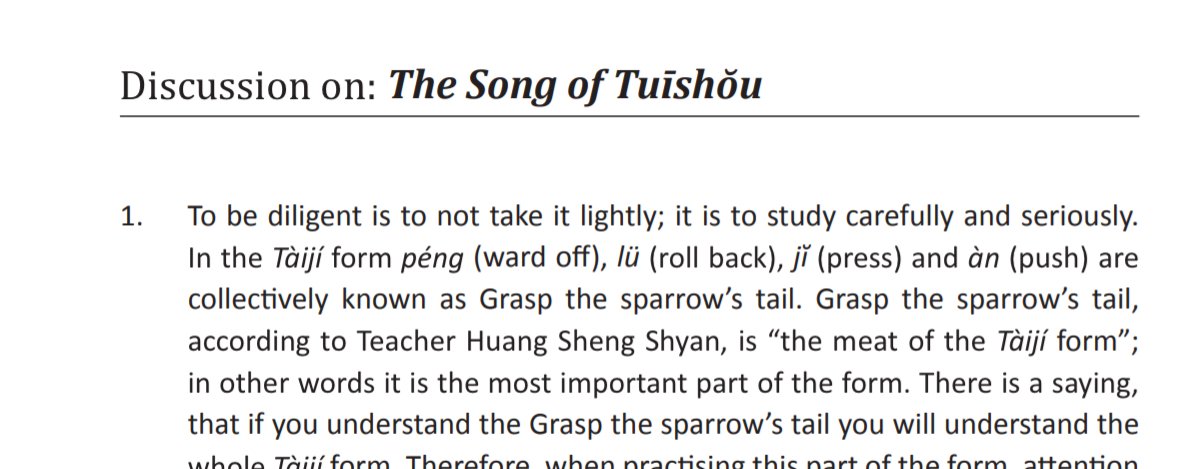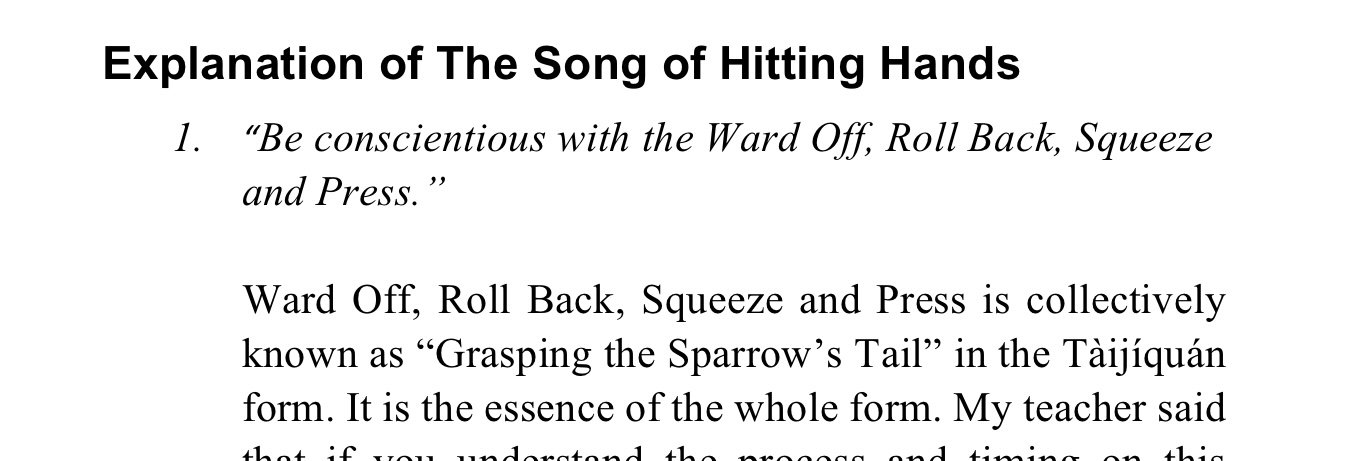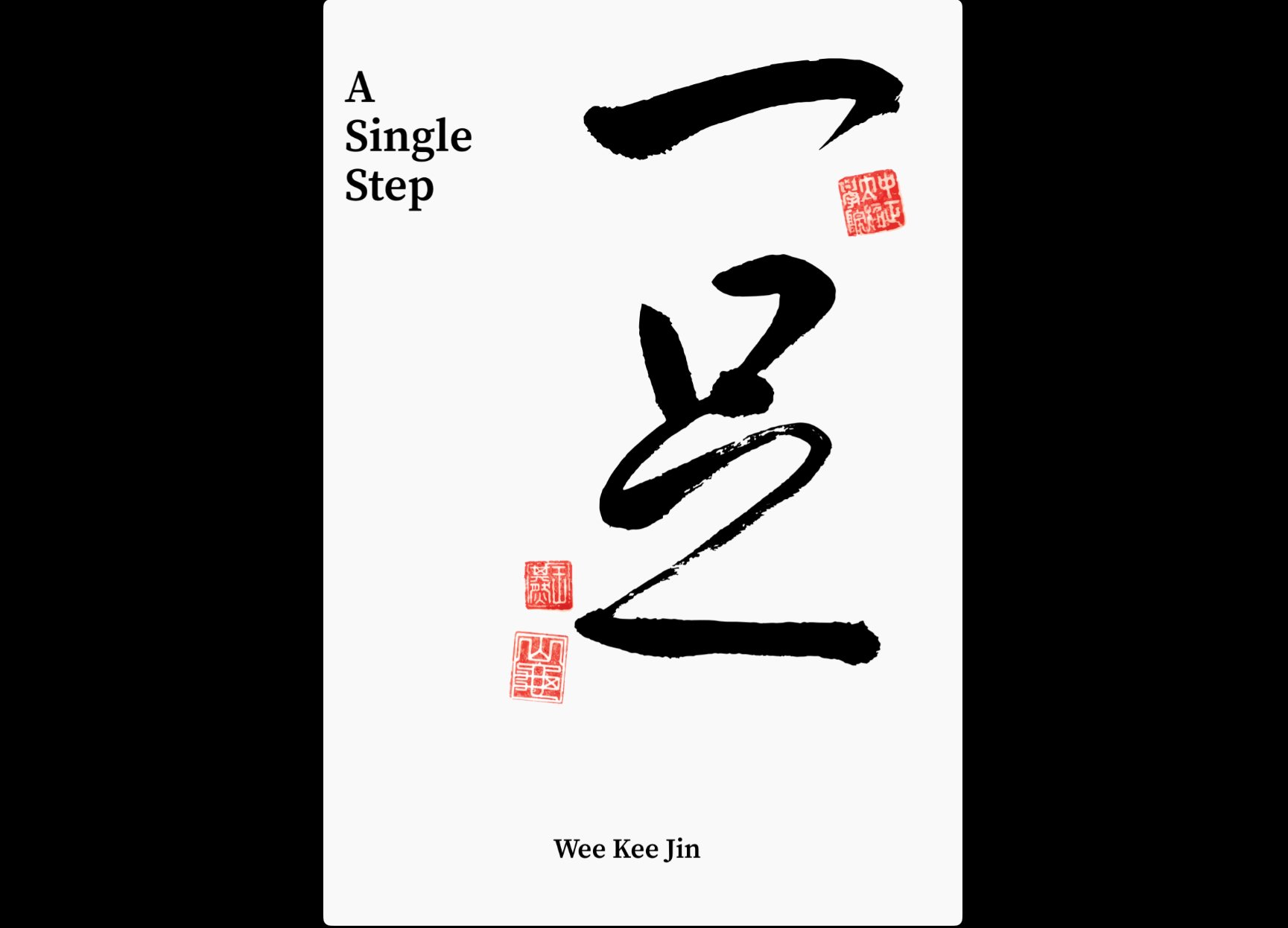Developing ‘A Single Step’
DUE TO SIGNIFICANT DEMAND PREORDERS HAVE STOPPED WHILE WE PROCESS ORDERS. IF YOU ARE INTERESTED PLEASE EMAIL taijisoce@gmail.com AND IF WE HAVE CAPACITY WE WILL PROCESS YOUR ORDER.
Announcing the imminent publication of Wee Kee Jin’s third book “A Single Step.” We are inviting pre-orders at this stage. For a price on the book and to submit a preorder please scroll down to the bottom.
In the Wang Zong Yue Taiji classics it states the following:
“The one with greater strength overcomes the one with no strength, the one with slower speed gives way to the one with faster speed. This is an innate concept and does not come from training or skill.”
This sentence emphasises that the art of Taiji is a skill. Skill requiring study. When studying and learning a skill practice is important (to truly embody Taiji is not simply knowledge (knowing) but experience - the body must be able to embody this knowledge) but also to practice correctly we need the correct knowledge. Luckily for us the founders of the art left us the classics. These series of texts guiding us like a compass so we know we are heading in the right direction.
Correct knowledge is important, I mean, would you trust a doctor who only had approximate knowledge of human anatomy? If you needed an operation how worried would you be not knowing if the doctor was going to operate on the right place if they didn’t have a great understanding of the human body? How good is a teacher in Taiji if their knowledge that the classics exists is absent? Or even worse if their understanding of the principles in the classics is incorrect?
What is worse than absence of knowledge is incorrect understanding of knowledge. If you were a caveman, with your knowledge of fire and I came from the future and presented you with a light bulb you could spend your entire life working on trying to imitate what I was doing. You might even be able to make something similar, like a matchstick. But you would not be truly able to recreate the light bulb, you would also not be able to do extensions of other things that electricity could do. You appear to have an understanding because you can create something so similar (the matchstick) and even to others it may seem like you have the concept of a lightbulb, but a whole lifetime could be spent and you would not achieve what you want because your understanding is fundamentally flawed. This is how important the correct understanding is.
How do you get correct understanding and knowledge? True Taiji is natural in the sense that it adheres to the philosophical principles of a Taoist worldview, however it is not natural in the sense that through the ordinary course of life it does not simply happen (at least the physical Taiji). Taiji requires cultivation. In ‘The Song of Thirteen Postures’ it states:
“To come into the door you need oral transmission.”
This passage alludes to the fact that you need external guidance from another to understand the art. The classics help with this but it is limited because you need someone to explain to you what it means. Explanation is also limited because eventually you will need to feel and experience to truly understand. Ultimately to learn Taiji you will need a teacher and to learn in real life. However, knowing the classics exists can help you discern who a good teacher is, as a good teacher will be familiar with the classics at the very least. Having said all this, while practicing sometimes the thought comes into my head: “How did the first person who invented Taiji know all this and have faith that what they were doing would have this result?” I don’t know the answer but often times I am filled with respect and wonder because they must have been so connected with the world to understand its philosophy.
The last book my father wrote was in 2011. The hard copy having been out of print for many years. This new book entitled ‘A Single Step’ is delving into the classics after an extra 14 years with the additional insight that these years of practice bring. However, development of this book began at least in 2016. The foreword was written in 2020. To say that it took years to develop this is an understatement, however the timing is right as within the last few years some additional insights have been gleaned that make the delay worthwhile. The below are some aspects of the book and its design that may interest you:
Changes and clarifications:
There are some aspects of the classics and their translations that have changed, including some things that have fundamentally changed from colloquial Taiji. An example of this is the commitment to what we deem to be the correct translation of the moves within “Grasp the Sparrows tail” that is what used to be “Ward off, Rollback, Press and Push” has now been changed to “Ward off, Rollback, Squeeze and Press”. It was a tough decision to make going against the literary consensus however we believe the change is a more accurate translation and have thus committed to changing things when they are wrong, even if “historically” established.
There are many other changes within and I hope you enjoy discussing about them as much as I have through the course of editing this book with my father.
Calligraphy
The book also contains some of my father's calligraphy. Those of you who know him will know that calligraphy is a personal passion of his, and it is great that he is able to share his passion with everyone.
Physical design
I have a personal hard copy of the last book with me all the time. It has been my reference tool and in regular use I have been able to identify things within the design that I felt could be improved on:
Simplified Chinese
I have been learning to read and memorise the classics. Unfortunately, the older versions only had the Traditional Chinese font. Simplified Chinese has now also been included for those who need it.
Verse translations with explanations
In the last book the translations and the explanations were separate. This meant that as you were reading the explanations you would have to go back to see the translation and what the explanation was talking about. In this new iteration the translations are on a separate page but each verse of the translation also accompanies its explanation.
Example in the old book where explanations do not accompany the translation:
Example in the new book where translation is accompanied with explanation:
Change of paper used
The previous book was printed on a somewhat glossy paper. It gave a premium feel, but I have noticed over the years that the ink bled onto the other side of the paper. A more traditional paper has been used this time and the print quality should now be more reliable.
The blurry grey that you can see between the lines is ink that has bled from the other side over the years
Cover design
The cover is simple and in plain white. The design being reminiscent of a calligraphy scroll. It is my hope that with time your book will end up being dirty, ragged and for lack of a better word, ugly. Use this book, bring it with you, read it and memorise the classics within it. Fold the pages, write notes. Whatever it takes for you to learn the art. In the future you will be able to tell who has been using the book and who merely has it as a collector's piece by how dirty the cover looks. - Andy Wee
Pre orders:
DUE TO SIGNIFICANT DEMAND PREORDERS HAVE STOPPED WHILE WE PROCESS ORDERS. IF YOU ARE INTERESTED PLEASE EMAIL taijisoce@gmail.com AND IF WE HAVE CAPACITY WE WILL PROCESS YOUR ORDER.
We are taking pre orders for the book now. This will allow us to determine how many books to produce. As a benefit of pre ordering you will get the digital file (PDF) after ordering (Valued at $40 nzd)* and the opportunity to choose whether you wish to have a hand written calligraphy on the last page of the book from Jin (additional cost). Just fill in the form below and we will get back to you with details:
*The digital file will not be immediately available for purchase until a later date
Note: Shipping is something that we are still working out. At the time of writing a tracked economy package is around $35 nzd. It maybe possible to reduce the cost of shipping when you order more books so that may be something you want to consider when you preorder. (Just let us know in the Message section)




